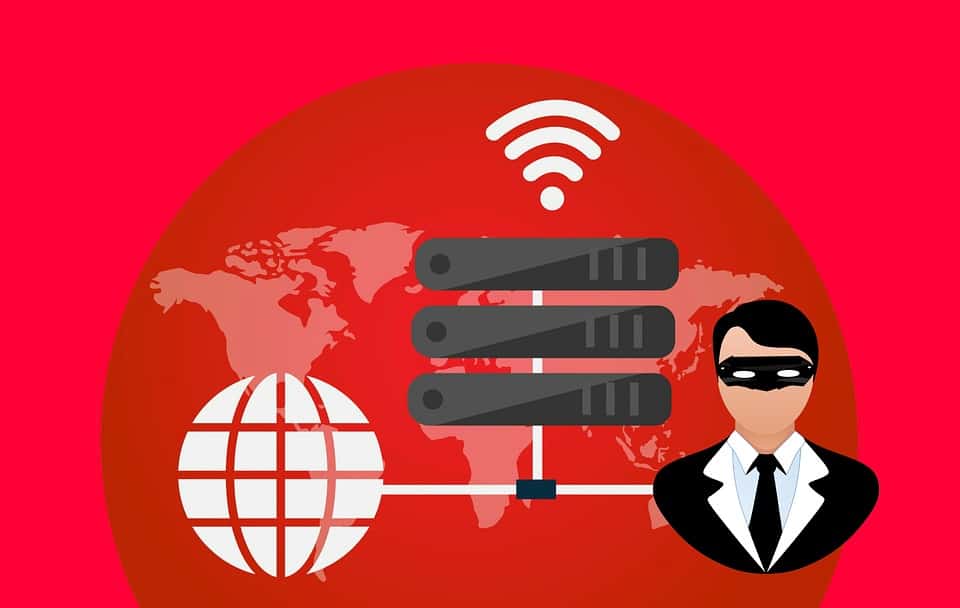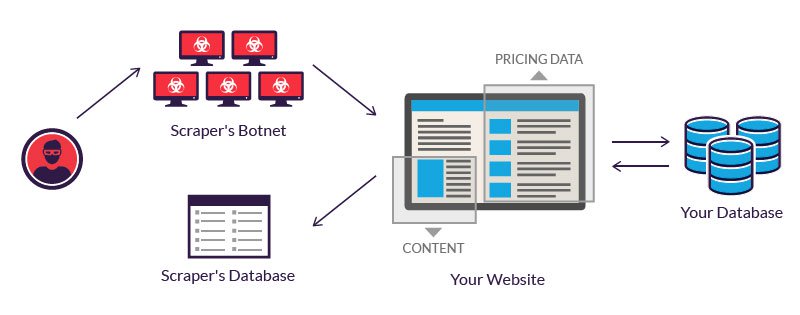The internet is a vast repository of information. From business insights to personal research, the ability to extract data from websites quickly and efficiently has become crucial. This is where data scraping, also known as web scraping, comes into play. Data scraping involves using automated tools to extract data from websites and store it in a format that can be analyzed and used for various purposes.
What is Data Scraping?
Data scraping is the process of extracting data from websites using automated tools. It allows users to gather large amounts of data quickly and efficiently, making it a valuable tool for research, analysis, and decision-making. Data scraping can be used for a variety of purposes, such as market research, competitor analysis, and content aggregation.
Popular Data Scraping Tools
There are several popular data scraping tools available, each with its own set of features and functionalities. Some of the most popular tools include BeautifulSoup, Scrapy, and Selenium. BeautifulSoup is a Python library that makes it easy to scrape data from web pages. Scrapy is a more advanced Python framework for web scraping that allows for more complex scraping tasks. Selenium is a web automation tool that can be used for scraping dynamic web pages.
Comparison of Different Tools
When it comes to data scraping, choosing the right tool can make all the difference. Here’s a comparison of some of the popular data scraping tools:
BeautifulSoup:
- Simplicity: BeautifulSoup is known for its simplicity and ease of use, making it ideal for beginners.
- Basic Functionality: It provides basic functionality for parsing HTML and XML documents, making it suitable for simple scraping tasks.
- Python: It is a Python library, so it integrates well with Python-based projects.
Scrapy:
- Advanced Features: Scrapy is more suitable for advanced users who need more control over their scraping tasks.
- Scalability: It is designed for scalability and can handle large scraping projects efficiently.
- Performance: Scrapy is known for its performance and speed, making it a preferred choice for complex scraping tasks.
Selenium:
- Versatility: Selenium is a versatile tool that can be used for both simple and complex scraping tasks.
- Dynamic Content: It is especially useful for scraping websites with dynamic content, such as JavaScript-rendered pages.
- Browser Automation: Selenium can automate browsers, allowing for more interactive scraping tasks.
Zenscrape:
- Ease of Use: Zenscrape is known for its user-friendly interface and ease of use.
- API: It offers a powerful API that allows developers to integrate scraping into their applications easily.
- Scalability: Zenscrape is designed for scalability, making it suitable for large scraping projects.
- Proxy Support: It provides support for proxies, ensuring reliable and efficient scraping.
Tips for Beginners
If you’re new to data scraping, there are several tips you can follow to get started:
1. Start with Simple Tasks: Begin with simple scraping tasks to familiarize yourself with the process. Choose websites with straightforward structures and minimal dynamic content to practice scraping.
2. Use a Reliable Tool: Select a data scraping tool that is reliable and suits your needs. Popular tools like BeautifulSoup, Scrapy, Selenium, and Zenscrape are good options, each offering different features for various scraping requirements.
3. Understand Website Terms of Service: Before scraping data from a website, review its terms of service and ensure that scraping is allowed. Some websites prohibit scraping or have specific guidelines that must be followed.
4. Legal Considerations: Be mindful of legal considerations when scraping data. Avoid scraping personal or sensitive information without permission, and comply with data protection laws and regulations applicable in your jurisdiction.
5. Practice Good Data Management: Organize and store scraped data effectively. Use proper file naming conventions, keep track of the source of the data, and ensure that you comply with any data protection regulations regarding the storage and use of scraped data.
6. Stay Updated: The field of data scraping is constantly evolving, with new tools and techniques being developed. Stay updated with the latest trends and technologies in data scraping to improve your skills and efficiency.
7. Join Online Communities: Join online forums and communities dedicated to data scraping. These platforms can be valuable resources for learning new techniques, troubleshooting issues, and connecting with other scraping enthusiasts.
8. Experiment and Learn: Data scraping is a skill that improves with practice. Experiment with different tools, techniques, and websites to expand your knowledge and expertise in data scraping.
Conclusion
Data scraping tools and techniques are valuable resources for gathering information from the web. By using these tools, businesses and individuals can access a wealth of data that can be used to make informed decisions and gain a competitive edge. Whether you’re a beginner or an experienced user, there are tools and techniques available to help you extract valuable data from the web.
Frequently Asked Questions
- Can data scraping be used for illegal activities?
Data scraping can be used for illegal activities, such as scraping personal or sensitive information without permission. It’s essential to use data scraping tools responsibly and comply with website terms of service and legal regulations. - Is it legal to scrape data from any website?
The legality of data scraping depends on the website’s terms of service and the laws of the jurisdiction in which you are scraping data. It’s important to review and comply with these regulations when scraping data from websites. - What are the best practices for data scraping?
Some best practices for data scraping include respecting website terms of service, using reliable scraping tools, and practicing good data management practices. It’s also important to be mindful of data privacy and security considerations when scraping data from websites. - Are there any risks associated with data scraping?
There are some risks associated with data scraping, such as potential legal issues and data security concerns. It’s important to be aware of these risks and take steps to mitigate them when scraping data from websites. - How can I improve the performance of my data scraping tools?
To improve the performance of your data scraping tools, you can optimize your scraping scripts, use caching to reduce the number of requests made to a website and use proxies to distribute scraping requests. - What are some alternative data scraping tools?
In addition to BeautifulSoup, Scrapy, and Selenium, there are several other data scraping tools available, such as Puppeteer, Octoparse, and ParseHub. These tools offer a range of features and functionalities to help you scrape data from websites efficiently.



